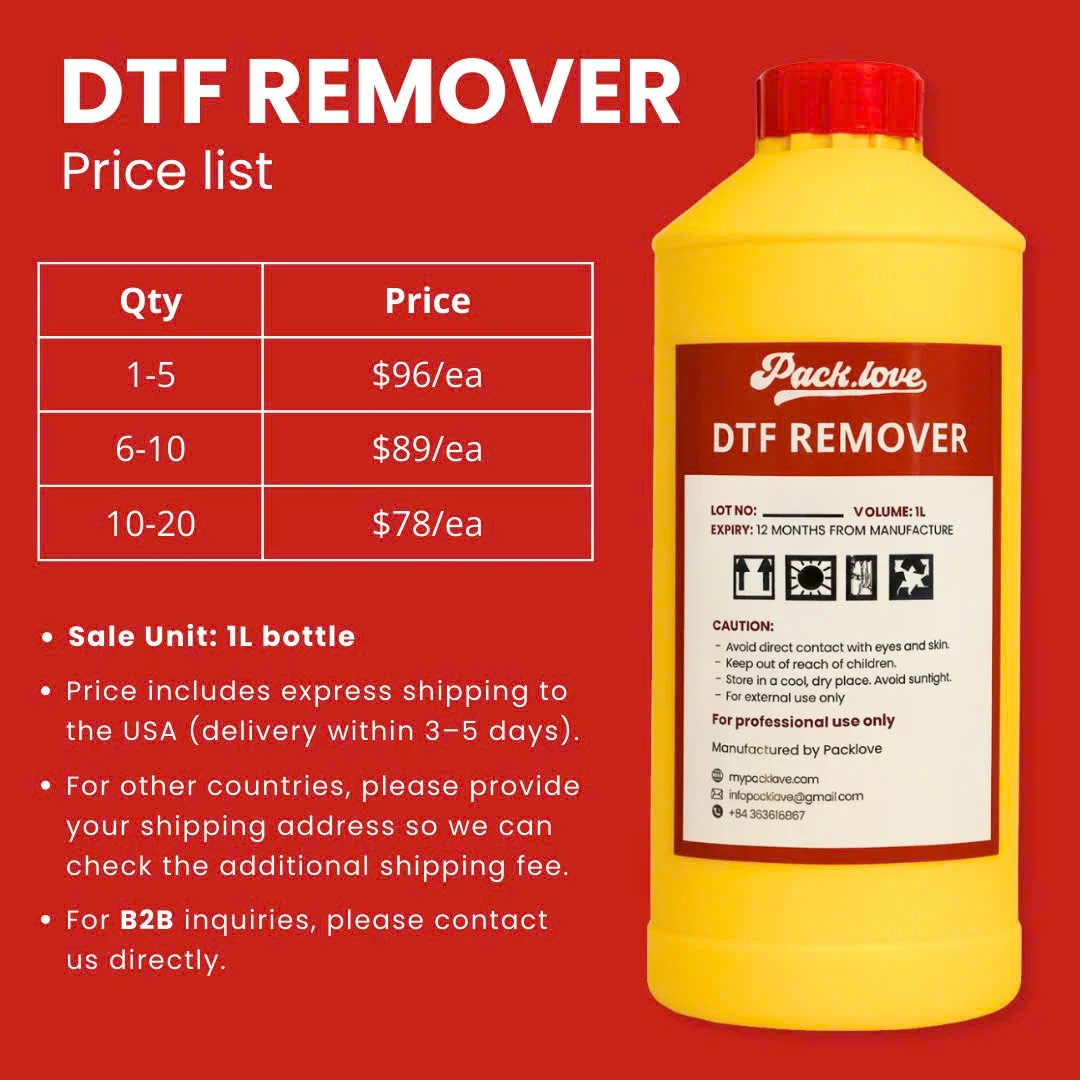What Is Clothing Alteration: Guide To Perfect Fit And Style
Welcome! This simple guide will explain “clothing alteration.” We’ll look at why alterations are useful and show some common examples. The information here is easy for everyone to understand. By the end, you’ll know more about how to make your clothes fit you perfectly. Let’s dive in!
1. What does “clothing alteration” actually mean?
Clothing alteration means changing clothes you already own to make them fit you better or look different in a small way. The main goal is to make your clothes more suitable for you. Think of it like this: a baker makes a cake from flour and sugar (like making new clothes). Altering clothes is like adding a bit more frosting or decoration to a cake that’s already baked.
It’s not about making brand new clothes from fabric. Instead, it’s about adjusting the fit – maybe making something tighter, looser, shorter, or longer. It can also mean small style changes, like changing the buttons on a shirt. So, define clothing alteration in simple terms?
It’s about modifying clothing or making a clothes adjustment to improve how it looks or feels on you. This garment refitting or apparel tailoring takes an existing piece and makes it just right for you. Explaining the process of garment alteration simply means we work with what you have to make it better.
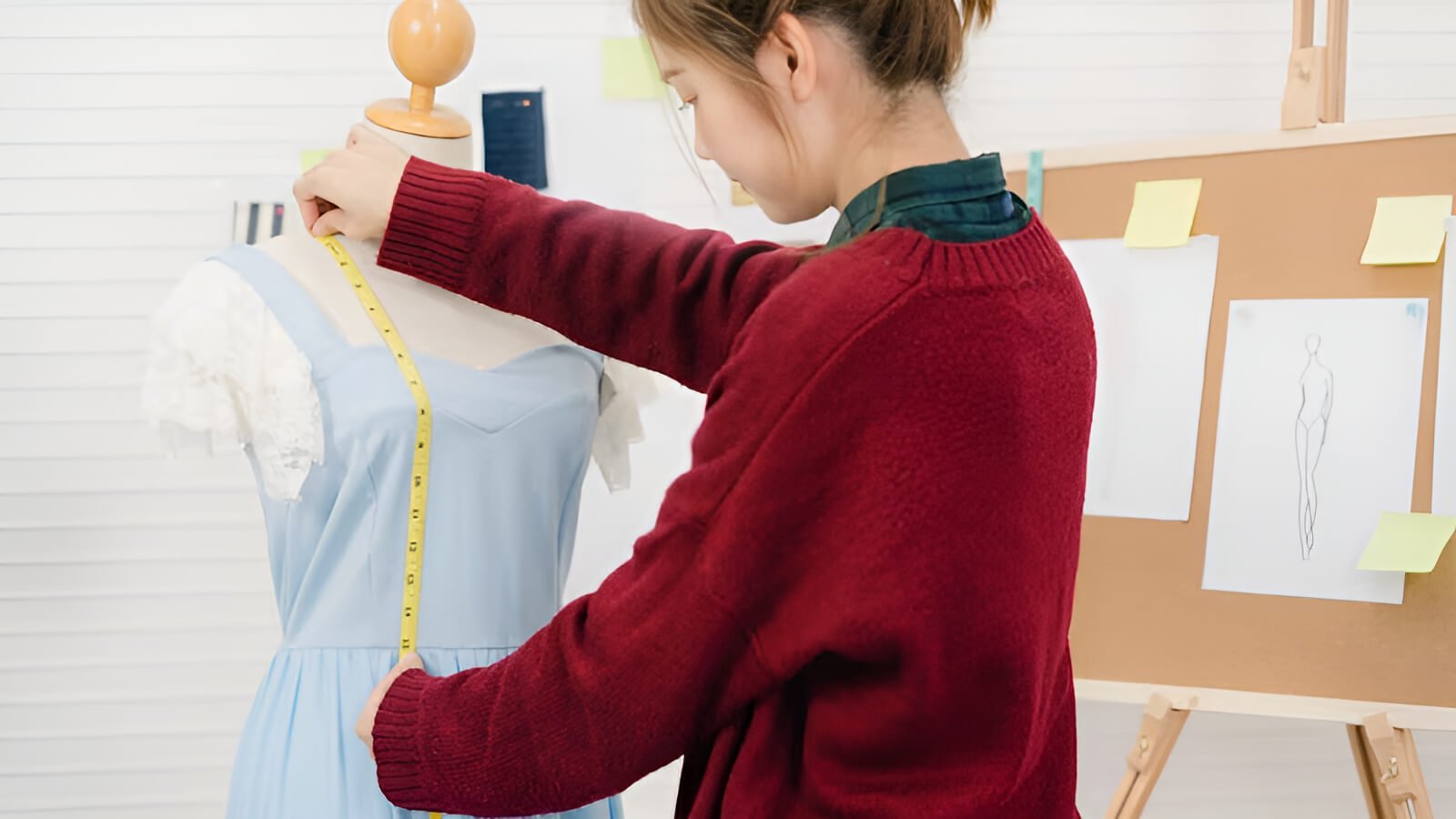
2. Why do people alter their clothes? The big benefits!
There are many great reasons to alter your clothes. It’s not just about fixing something; it’s about making your clothes work better for you. Let’s look at the impact of clothing alteration.

2.1 Better fit
Clothes that fit well look much better. They can make you look smarter, more professional, or just neater. When your clothes fit right, you stand taller and feel ready for anything! Imagine pants that are the perfect length, not dragging on the floor. Or a dress that fits your body shape just right, not too tight or too loose. This fashion fit adjustment is key. How does alteration improve clothing fit? By making clothes match your unique shape.
2.2 Increased comfort
Clothes that fit properly are more comfortable to wear and move in. No more tight waistbands that pinch after lunch! Or dress straps that keep falling off your shoulders. Alterations can fix these annoying problems, leading to increased comfort.
2.3 Save your favorites / Make clothes last longer
Alterations can help you keep wearing clothes you love, even if they have small problems or your body changes a bit. This also means you don’t have to throw clothes away. Fixing clothes instead of buying new ones all the time is a great way to help the environment – a nod to sustainable fashion: extending garment life through alterations.
Maybe your favorite jeans have a small rip near the pocket that can be mended when you get them shortened. Or you can change old buttons on a coat to give it a fresh, new look. This extends the life of your wardrobe.
2.4 Personal style
Alterations allow people to customize their clothes to show their own style. You can make the legs of your pants a bit narrower if you like that style. Or add small changes to a shirt to make it uniquely yours. Alterations can serve both for fit correction and style updates.
3. What are common types of clothing alterations?
There are many types of alterations. Here are some common ones with easy examples to help you understand what are common types of clothing alterations?

3.1 Making things shorter
- Pants/Trousers: If your pants or jeans are too long and you step on them, a tailor can shorten the leg part. This is called hemming. They adjust the inseam (the seam on the inside of the leg).
- Sleeves: If your shirt or jacket sleeves cover your hands, they can be shortened for a much neater look.
- Dresses/Skirts: Sometimes a dress or skirt is too long. Shortening the bottom edge (hemming) can make a big difference.
3.2 Making things smaller
- Waist: If your pants or skirt feel too loose around your waistband, a tailor can make it smaller to fit you snugly.
- Sides/Seams: If a shirt, dress, or jacket is too wide or baggy, it can often be made slimmer by adjusting the seam (the line where two pieces of fabric are sewn together) on the sides.
- Using Darts: Darts are small, tapered folds sewn into clothes, often on shirts or dresses around the chest or waist. They help the fabric curve and fit your body shape better. A tailor can add or adjust darts.
3.3 Making things bigger
Sometimes, clothes can be made a little bigger. This depends on if there is extra fabric hidden inside the seam. This extra fabric is called seam allowance. It’s not always possible, but a tailor can check.
3.4 Changing shape
If you want your pant legs to become narrower towards the ankle, this is called tapering. This typically involves modifying the garment section from the knee down, for example.
3.5 Replacing parts
- Zippers: zipper replacement is common. If the zipper on your jacket, pants, or bag breaks, a tailor can often put in a new one.
- Buttons: Missing buttons can be replaced. You can also change all the buttons on a coat or shirt to give it a new look. Sometimes even the collar style can be slightly modified.
3.6 Simple repairs
Sometimes, alterations also include simple repair work, like fixing a small tear in a seam or sewing a button back on more securely. This is often called mending. This is for small fixes, not for very damaged clothes which might need major clothing repair.
These are just a few alteration types, from hemming pants and shortening sleeves to taking in waist and dress resizing. Many garment parts like the sleeve, leg, waistband, collar, seam can be adjusted.
4. Who does clothing alterations?
People who do clothing alterations are usually called a tailor (often for men’s and women’s clothes) or a seamstress (traditionally for women’s clothes, but the terms can be used for anyone skilled in sewing). Many dry cleaning shops also offer tailoring services. These professionals have special skills like sewing and stitching. They use tools like a sewing machine, measuring tape, and pins to do their work precisely.
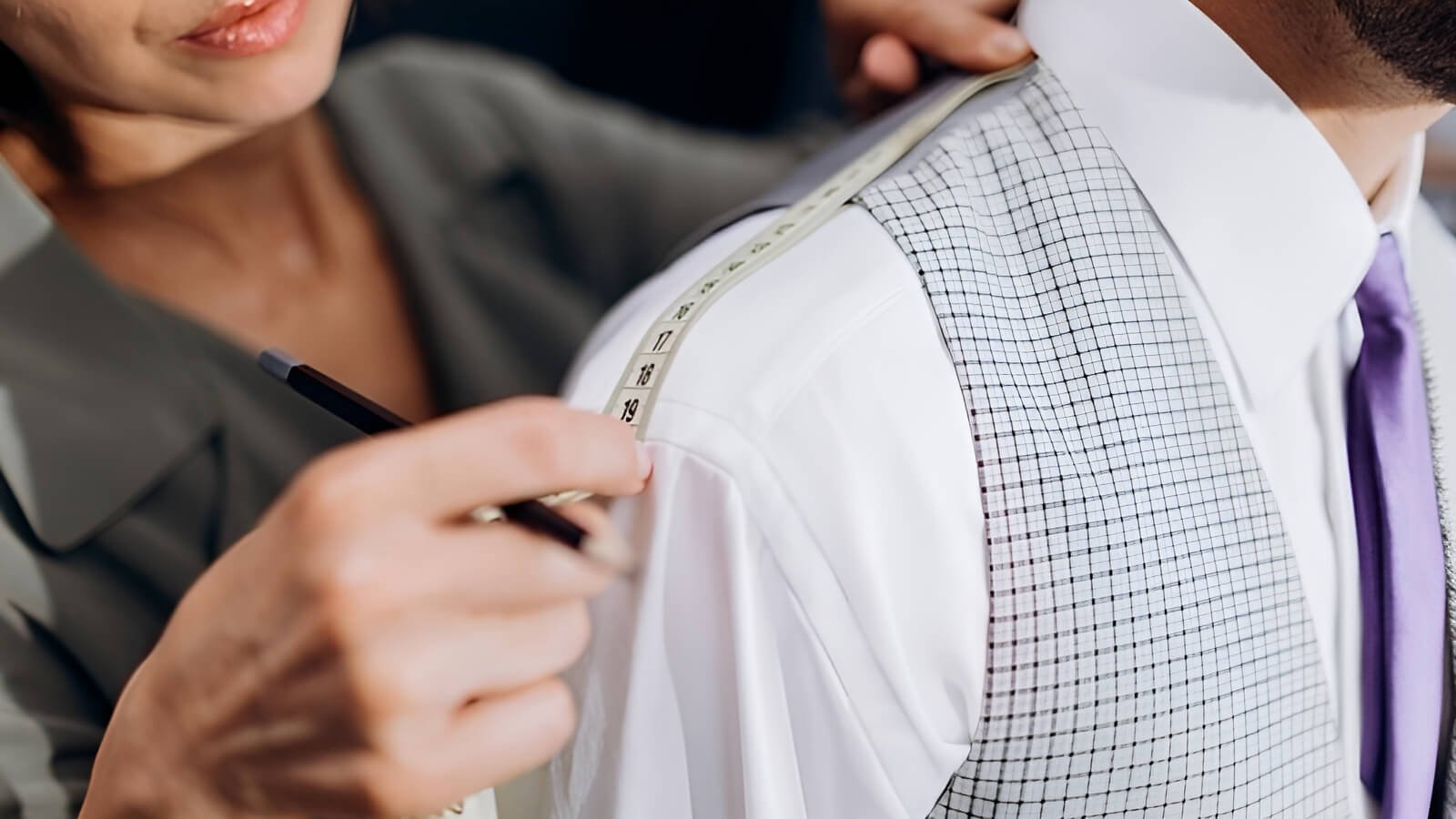
5. Alteration vs. making new clothes vs. simple mending
These terms might sound similar, but they mean different things. It’s important to differentiate between alteration and making clothes from scratch.
- Alteration: As we’ve learned, alteration is about modifying garments you already have. It’s changing existing clothes to improve the fit or make small style updates. The main thing is you are starting with a piece of clothing that is already made.
- Making new (bespoke/custom-made): Making new clothes means creating a garment from the very beginning, using new fabric and a design or pattern. Think of a tailor making a suit just for one person, starting with only rolls of cloth. This is about building something completely new.
- Simple mending/repair: Simple mending or clothing repair is about fixing small damages. For example, sewing a button back on, fixing a small hole, or stitching up a seam that has come undone. The goal is to mend the item so it looks and works like it did before it was damaged. Mending usually doesn’t change the fit or the style of the clothes; it just fixes a problem.
So, the key difference is: alterations adjust, making new creates, and mending fixes.
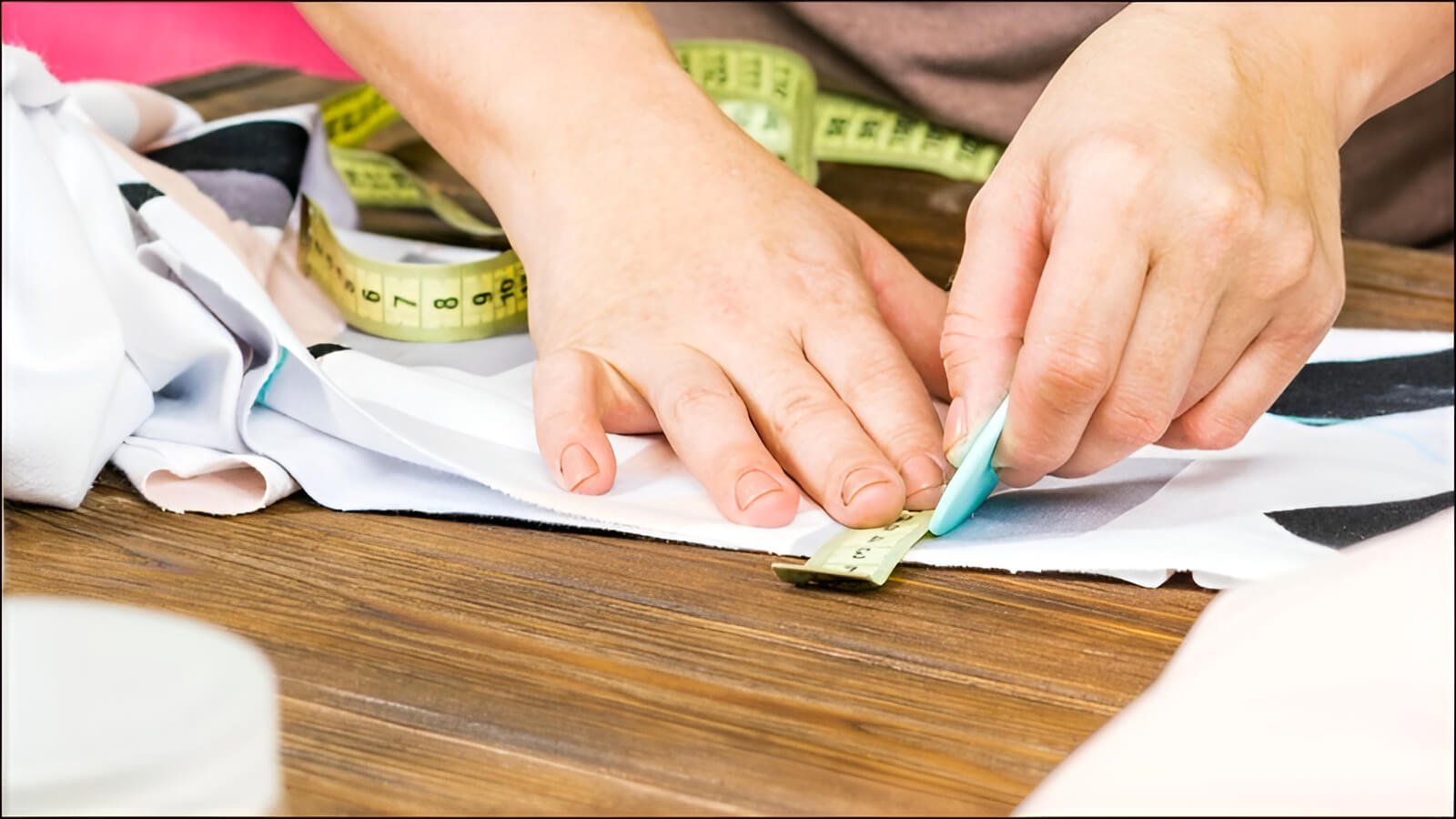
6. When should you think about altering your clothes?
Here are common situations when alteration is a suitable solution:
- When you buy new clothes, but they don’t fit quite right (e.g., sleeves are a bit too long). Do new clothes need alteration for a better look? Often, yes!
- When you have favorite clothes in your closet that you don’t wear anymore because they don’t fit well.
- If you’ve lost or gained a little weight, and some clothes are now too loose or too tight.
- To give an old, good-quality piece of clothing a more modern style (e.g., changing the shape of a collar).
- When you have a special event, like a wedding or important meeting, and you want your outfit to look perfect.

7. What about labels on my clothes during alteration?
When clothes are altered, sometimes the labels – like the brand label or the care label (a label with washing instructions) – need to be moved. This often happens if the alteration is in the area where the label is sewn, for example, in the waistband, near a side seam, or at the neck.
A good tailor will usually be very careful to remove the original labels and then sew them back on neatly after the alteration is done. So, you usually don’t lose important information like how to wash your clothes or the brand information on your woven labels (a label made by weaving threads together, like on clothing necklines) or other tags.
The impact of clothing alteration on brand labels and care tags is usually minimal with a skilled professional. They understand how alterations can affect or require changes to garment labels and handle them with care. For those completely redesigning garments or upcycling items into something new, who might need entirely new branding, exploring options for custom labels can be a next step.

8. Can all clothes be altered?
Most clothes can be altered in some way, but some are easier to change than others. Here are factors that affect how easy or possible it is:
- Fabric type: Very delicate fabrics like silk, or very thick, stiff fabrics can be harder to work with.
- Clothing construction (how it’s made): If a garment is made in a very complex way, with many layers (like a lined jacket) or special structures (like boning in a dress), alterations can be more difficult and might cost more. Understanding clothing construction and how it impacts alteration possibilities is something a good tailor does.
- How much change is needed: Small adjustments, like shortening sleeves a little, are usually easier than trying to make something much bigger or much smaller.
Sometimes, if an alteration is very complex, the cost might be high. You might need to decide if the cost is worth it for that piece of clothing.
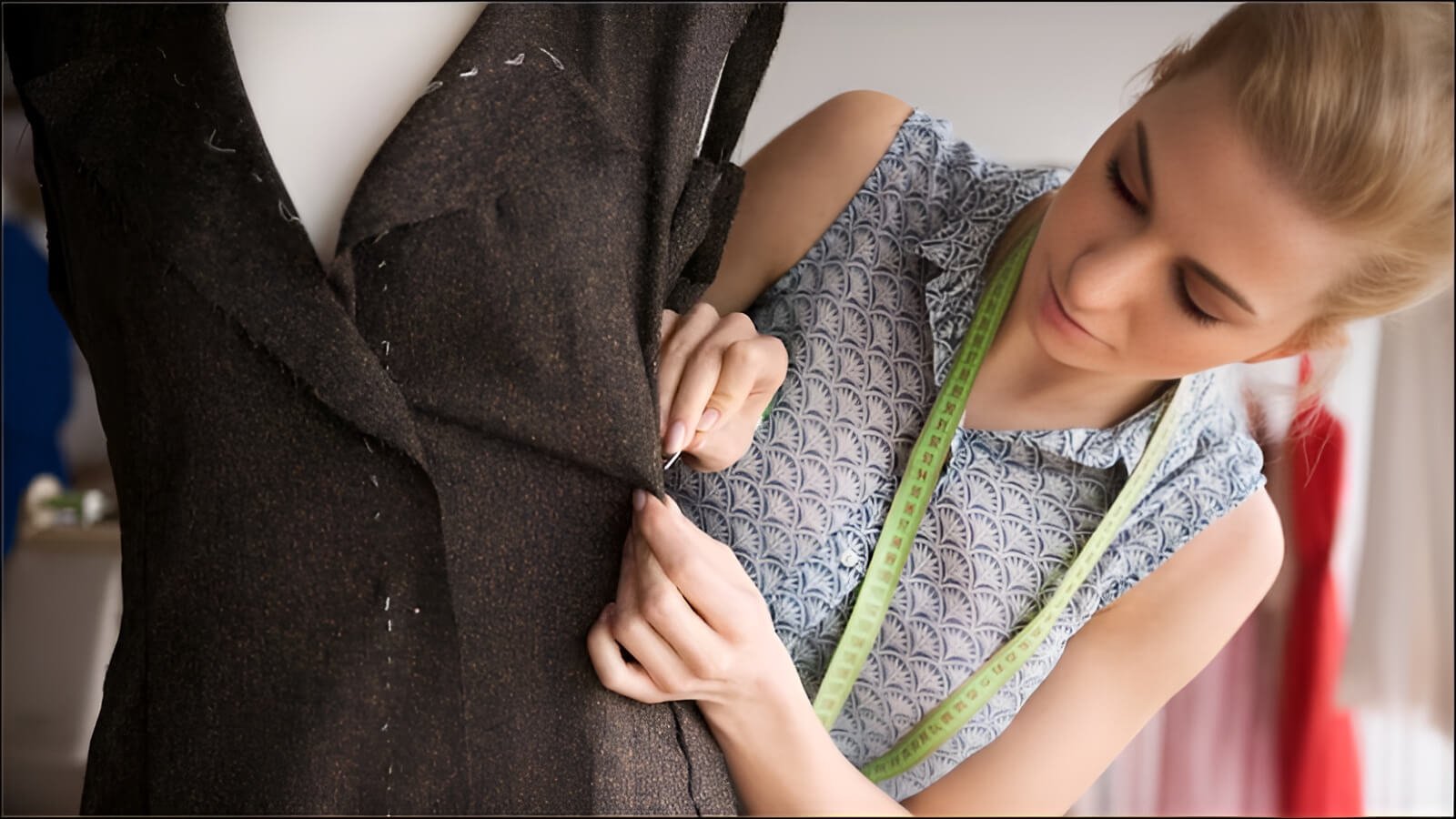
9. Finding someone good for your alterations
Finding a good tailor or seamstress is important for good results. Here are some tips on how to choose a reliable tailor or alteration service:
- Ask around: Ask friends, family, or people at work if they can recommend someone good.
- Check online reviews: Look for reviews on websites like Google or local community pages. See what other people say about their experiences.
- Start small (test them): If you’re not sure, you can try giving them a small, simple job first, like hemming a pair of casual pants. See how well they do it before you give them expensive or favorite clothes.
- Talk clearly: When you go, explain exactly what you want. If the alteration is for pants, bring the shoes you will wear with them. If it’s for a dress for a special occasion, bring any special underwear you might wear. This helps them understand your needs.
- Ask about price and time: Always ask how much it will cost and how long it will take before you agree to the work.
- Check their experience: If you have something special, like a leather jacket or a delicate dress, ask if they have worked on similar clothes before.
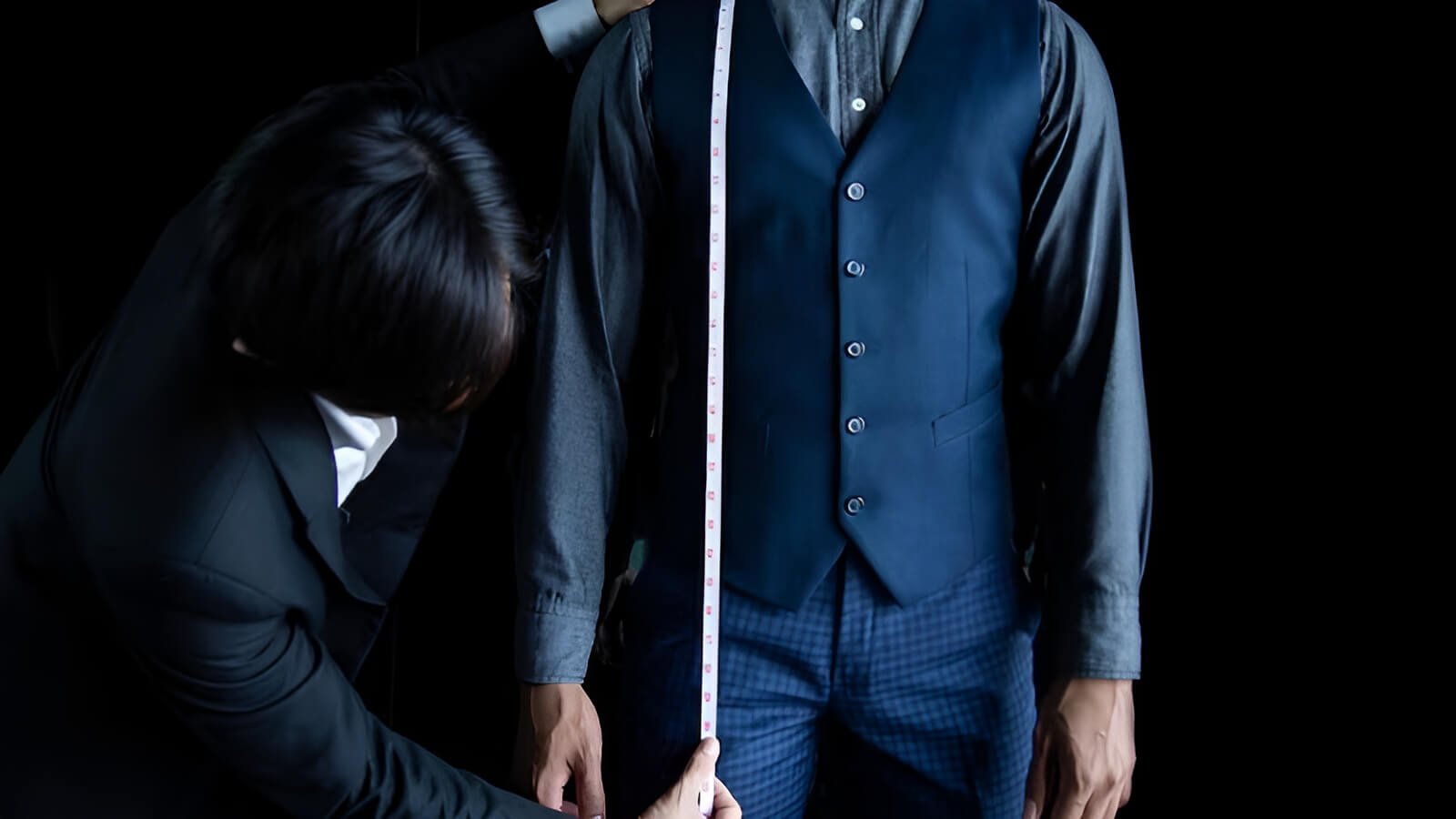
10. Frequently asked questions about clothing alterations
10.1 How much do alterations usually cost?
The cost of alterations can change a lot. It depends on what you want done (hemming pants is usually cheaper than resizing a whole jacket), how complicated the clothing is, the type of fabric, and where the tailor is located.
Simple jobs might cost around $10-$25 for something very basic, but bigger changes will cost more. It’s always best to ask for a price before they start working. Always ask your tailor for an estimated cost upfront.
10.2 How long do alterations take?
This also depends on how much work is needed and how busy the tailor is. Simple alterations might take a few days. More complex ones could take a week or longer. If you need something for a special date, be sure to ask them if they can finish it on time. Always ask your tailor for an estimated timeline upfront.
10.3 Can I alter clothes myself?
For very simple things, like sewing on a button or a very basic hem on casual clothes, yes, you can try if you have some DIY clothing alteration basics for simple adjustments and a needle and thread. But for changes that affect the fit, or for expensive clothes, it’s usually best to go to a professional. They have the right tools and skills to make it look good.
10.4 Is it better to buy clothes that fit perfectly or alter them?
It’s great if you can find clothes that fit you perfectly when you buy them! But that’s not always easy because everyone’s body shape is different. Alteration is a very good solution when you find something you love that doesn’t quite fit, or if you want to update clothes you already own.
Explore more:
So, as you can see, clothing alterations are a really smart idea! They help your clothes fit better, feel more comfortable, last longer, and let you show your personal style. Alterations are part of good garment care and maintenance and a great way to achieve apparel customization.
Understanding the importance of proper garment fit can change how you feel in your clothes. Getting your clothes altered is a great way to make the most of your wardrobe.






